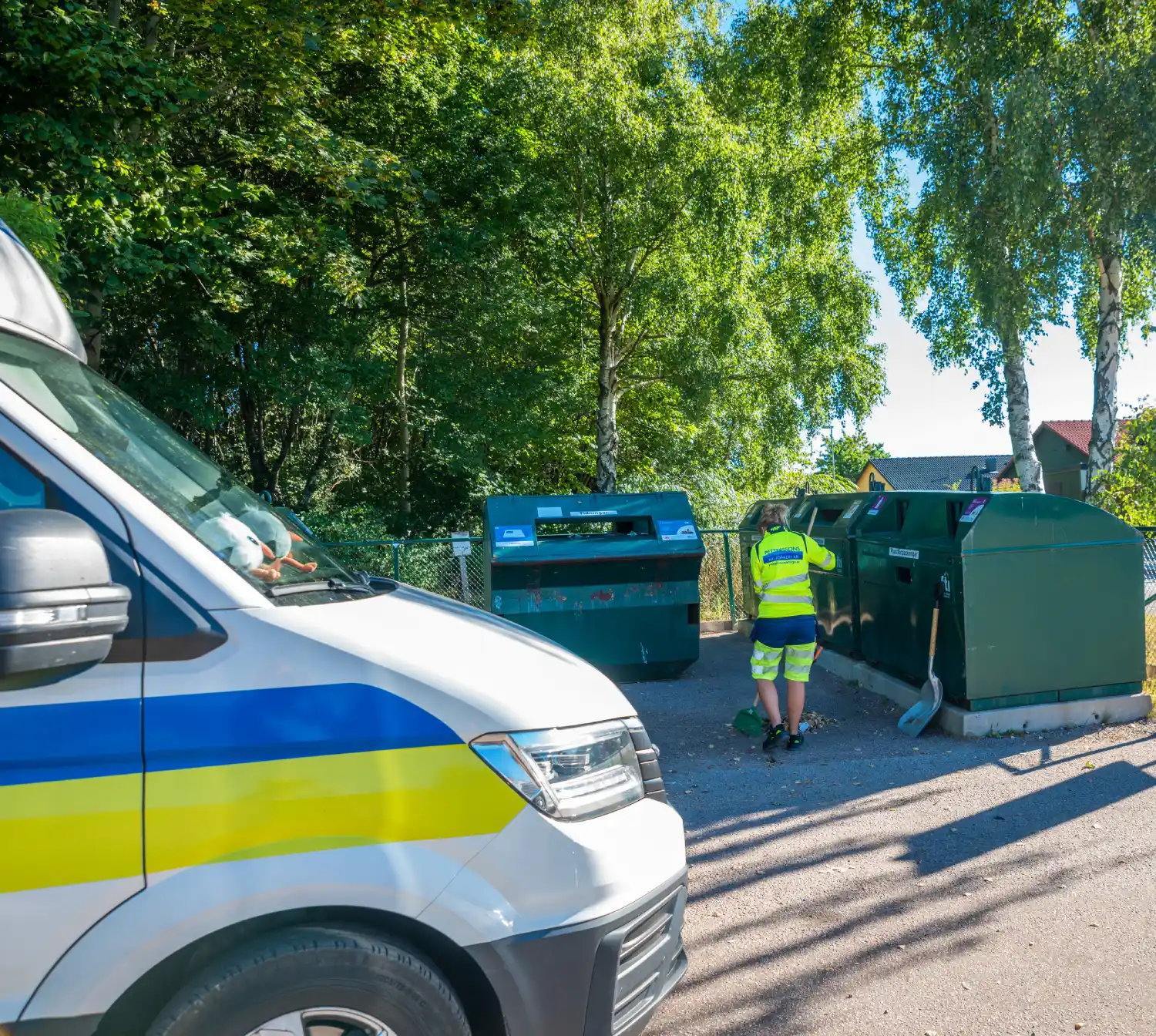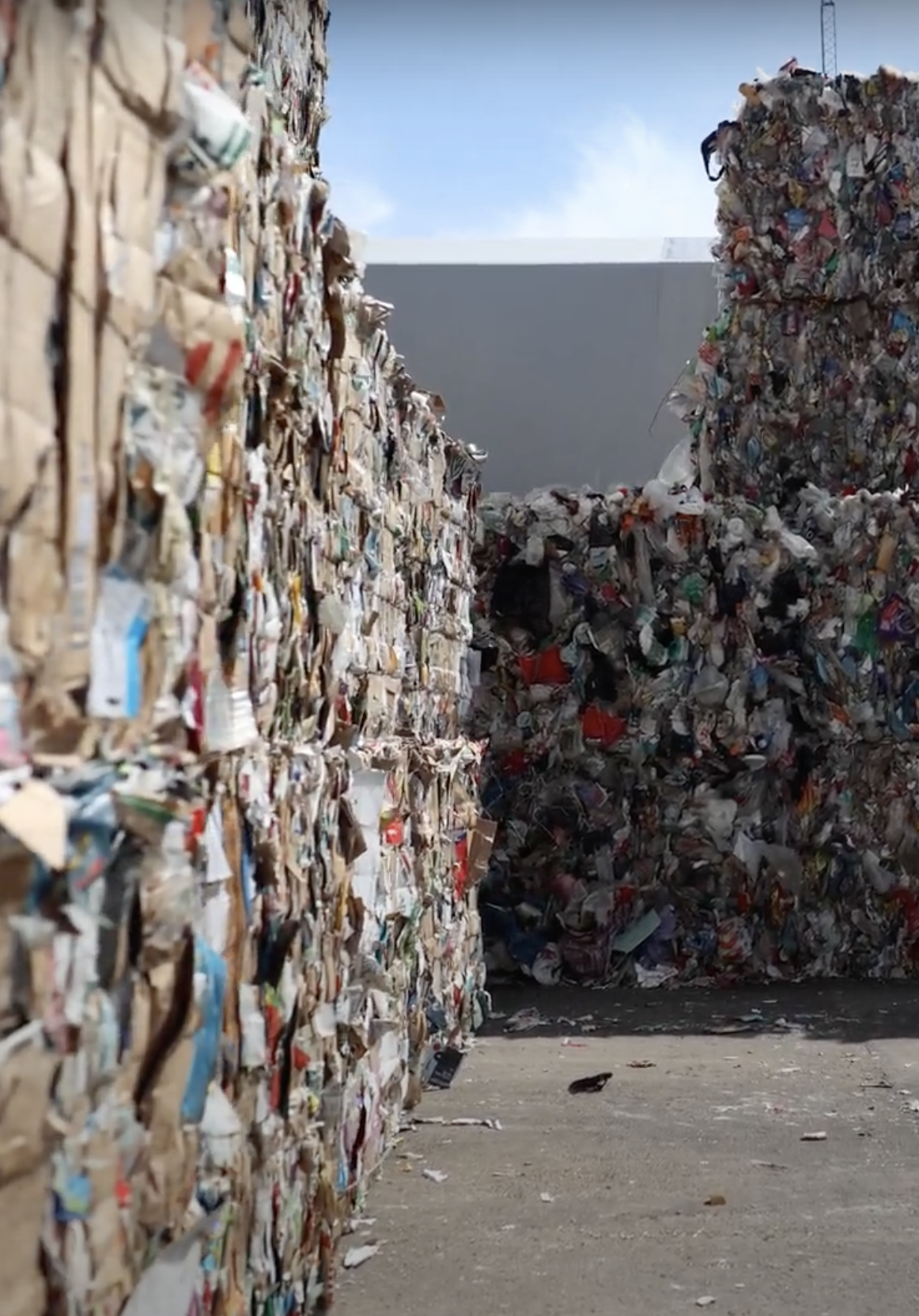Top Industries That Benefit the Most from Recycling Companies
Top Industries That Benefit the Most from Recycling Companies
Blog Article
Recycling plays a crucial role in environmental sustainability, and knowledge the procedure behind it may highlight how natural resources receive a brand new life. Recycling Company (Återvinning Företag) follow a organized workflow to make sure spend resources are effortlessly changed into reusable products. This technique not just reduces any risk of strain on natural methods but also decreases environmental pollution. Here's a step-by-step look at how a recycling process unfolds—from variety to repurposing.
Step 1: Collection and Sorting
The first faltering step in recycling is the collection of recyclable waste. Residential, professional, and industrial sources contribute to this stream of materials. Waste is typically obtained through curbside programs, drop-off stores, or bulk series systems. Once gathered, the resources are sent to a recycling center for sorting.

At the center, advanced working programs are accustomed to separate resources like paper, materials, metals, and glass. Information labor is usually combined with sophisticated technology, such as for example infra-red scanners and magnets, to enhance organizing accuracy. A well-executed sorting process assures proper categorization, which is a important step in sustaining material purity.
Step 2: Cleaning and Preparation
When grouped, components must be washed to get rid of contaminants like food deposit, dust, or labels. As an example, pockets are washed extensively before being shredded in to smaller parts, while materials are removed of impurities. Cleaning ensures the recycled substance maintains its strength and may efficiently function as fresh substance in manufacturing.
Particular kinds of products also undergo preliminary handling to make them ideal for recycling. As an example, report products are pulped and de-inked to prepare them for delete as new report products.
Step 3: Processing and Transformation
After washing, resources are processed and organized for repurposing. Materials may be dissolved down and reshaped into pellets, metals are smelted in to bars or sheets, and glass is smashed in to cullets for reuse in new glass products. Only at that point, components are developed into a standardized variety that provides as a base for manufacturing new items.

Step 4: Repurposing into New Products
Eventually, the refined materials can be bought to suppliers who turn them in to new products. Recycled plastics may become outdoor furniture or apparel, while materials can be constructed in to structure components or new appliances. Using recycled resources ensures a closed-loop system, reducing the necessity for virgin resources.
The recycling method is vital in strengthening round economies and promoting sustainability. By subsequent these delicate steps, recycling companies breathe new living in to resources that could otherwise donate to landfills. Understanding this workflow can stimulate customers and organizations equally to prioritize recycling and make aware possibilities regarding waste. Report this page